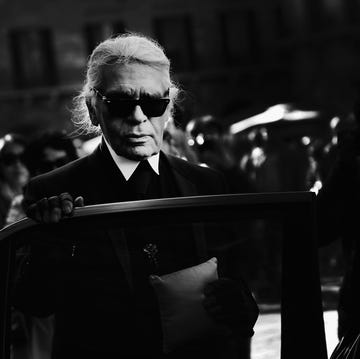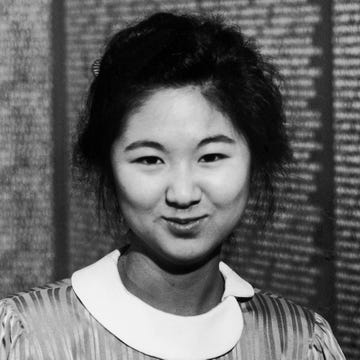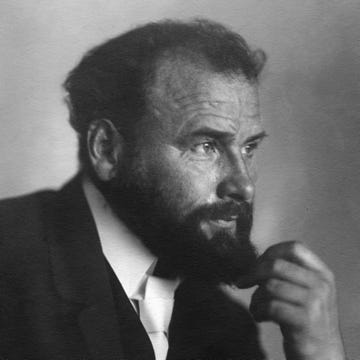(1917-2019)
Who Was I.M. Pei?
I. M. Pei began studying architecture in the United States in 1935 and eventually earned his B.A. from MIT and his M.A. from Harvard. After starting his own architectural firm in 1955, Pei went on to design such well-known structures as the Kennedy library, a wing of the National Gallery of Art in Washington, D.C., the glass pyramid at the Louvre, the Museum of Islamic Art and the Rock & Roll Hall of Fame. Pei left his mark with innovative structures around the world — elegant geometries of stone, concrete, glass and steel that earned him countless architecture honors throughout his long and storied career.
Early Life
Born Ieoh Ming Pei on April 26, 1917, in Canton, Guangzhou, China, Pei traveled to the United States at age 17, initially attending the University of Pennsylvania in Philadelphia before transferring to the Massachusetts Institute of Technology, where he earned a bachelor's degree in architecture in 1940.
Pei soon continued his studies at Harvard University's Graduate School of Design. There, he had the opportunity to study with German architect Walter Gropius, founder of the Bauhaus design movement, a crucible for modern architecture, where decorative elements were eschewed under the mantra of "form follows function." During World War II, Pei took a break from his education to work for the National Defense Research Committee. In 1944, he returned to Harvard and earned his master's degree in architecture two years later. Around this time, Pei also worked as an assistant professor at the university.
World Famous Architect
In 1948, Pei joined New York-based architectural firm Webb & Knapp, Inc., as its director of architecture. In 1955, he left to start his own firm, I. M. Pei & Associates (now known as Pei Cobb Freed & Partners). One of his first major projects was the Mile High Center in Denver, Colorado. Around this time, Pei also devised several urban-renewal plans for areas of Washington, D.C., Boston and Philadelphia.
In the years following the death of President John F. Kennedy, Pei met with his widow, Jacqueline Kennedy Onassis, on the designs for his presidential library. The project, built in Dorchester, Massachusetts, met several challenges over the years, including a change in location. Completed in 1979, the library is a nine-story modern structure that marries a starkly angled concrete tower with a glass-gridded pavilion. Pei also designed a later addition to the site.
Following the dedication of the Kennedy library, Pei continued to create striking buildings around the world, including the west wing of the Museum of Fine Arts in Boston (1980) and the Fragrant Hill Hotel in China (1983). His Mesa Laboratory of the National Center for Atmospheric Research in Colorado, with its abstracted, blocky forms, took inspiration from the Southwest landscape, in particular nearby Anasazi Indian villages carved into the earth at Mesa Verde National Park. The East Wing of the National Gallery of Art, opened in 1978, is considered one of his masterpieces of geometric precision, famous for its razor-sharp edge that visitors love to touch.
In 1983, he was awarded the Pritzker Architecture Prize for his contributions to his field. In their official announcement, the committee recognized his ability to "draw together disparate people and disciplines to create an harmonious environment." Pei used his prize money to create a scholarship for Chinese students to study architecture in the United States.
In the late 1980s, Pei also began work on revitalizing Paris's Louvre museum. Originally sparking controversy for its dissonantly stark modernism, the entrance he created for the historic museum, has since become one of the most iconic representations of his work. Pei's had visitors descend underground into the museum through a large glass pyramid, which took them to a new entry hub below the existing courtyard.
Pei continued to design impressive buildings during the 1990s and early 2000s, including the United States Holocaust Memorial Museum in Washington, D.C., the Nascar Hall of Fame and the Rock & Roll Hall of Fame in Cleveland, Ohio.
Recent Projects and Death
For more than 60 years, Pei was one of the world's most sought-after architects and has handled a wide range of commercial, government and cultural projects. In the early decades of the 21st century, his firm turned much of its energies to projects abroad, marrying Pei's stark geometry with regional architectural traditions. One such building is the Museum of Islamic Art, which opened in 2009, an ethereal mix of sharp cubes punctuated by traditional Islamic arches.
Pei died on May 16, 2019, at 102 years old.
QUICK FACTS
- Name: I.M. Pei
- Birth Year: 1917
- Birth date: April 26, 1917
- Birth City: Canton, Guangzhou
- Birth Country: China
- Gender: Male
- Best Known For: I. M. Pei was one of the most renowned architects of the 20th and early 21st centuries, known for signature projects such as the Louvre Pyramid and the National Gallery of Art's East Wing.
- Industries
- Architecture
- Astrological Sign: Taurus
- Schools
- Harvard University
- Massachusetts Institute of Technology
- Nacionalities
- Chinese
- Cultural Associations
- Chinese American
- Death Year: 2019
- Death date: May 16, 2019
- Death State: New York
- Death City: New York
- Death Country: United States
Fact Check
We strive for accuracy and fairness.If you see something that doesn't look right,contact us!
CITATION INFORMATION
- Article Title: I.M. Pei Biography
- Author: Biography.com Editors
- Website Name: The Biography.com website
- Url: https://www.biography.com/artists/im-pei
- Access Date:
- Publisher: A&E; Television Networks
- Last Updated: May 20, 2021
- Original Published Date: April 2, 2014
QUOTES
- I believe that architecture is a pragmatic art. To become art it must be built on a foundation of necessity.












